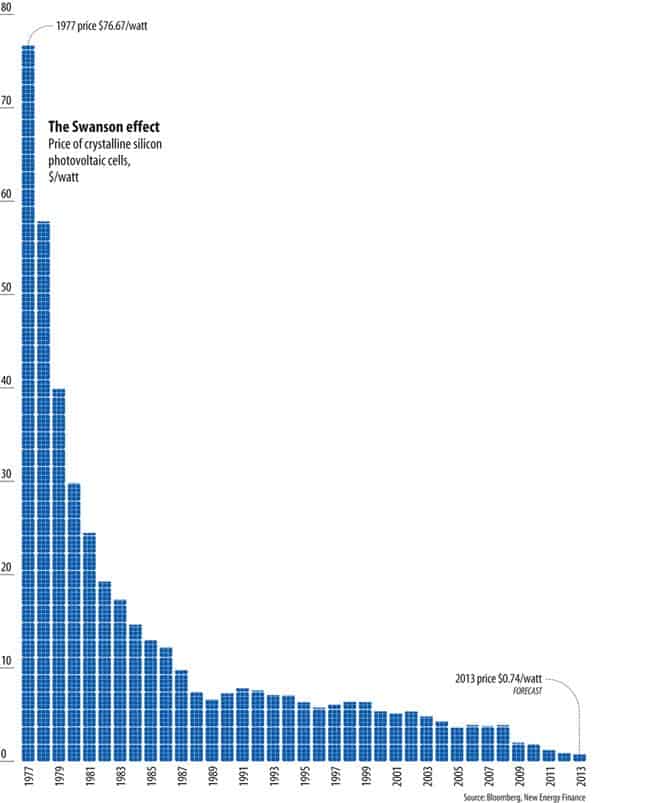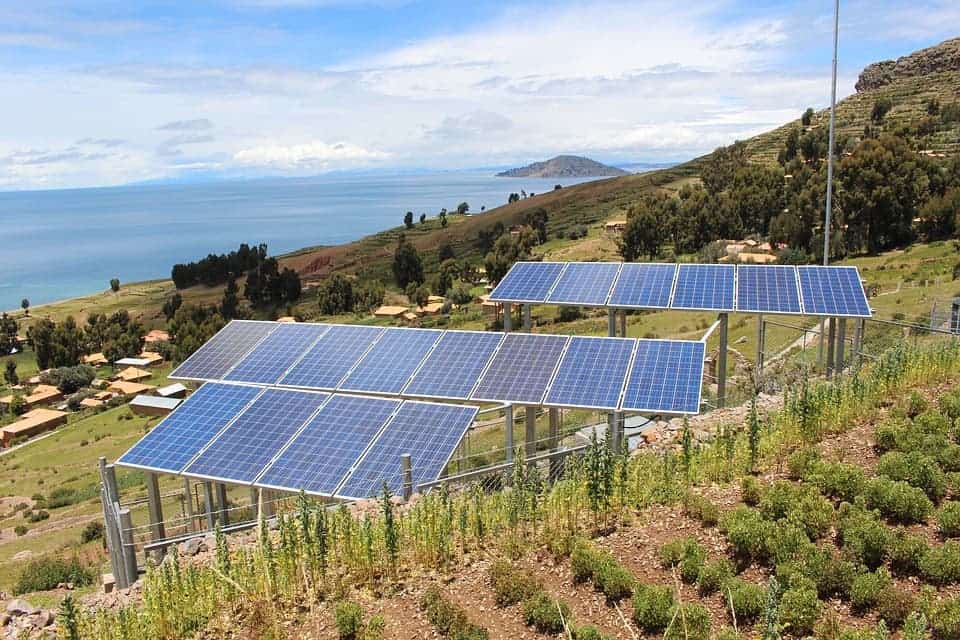The price of solar energy is not only continuously dropping – it’s dropping faster than we anticipated, it’s even dropping faster than most people thought it was possible.
If you start looking at some figures for solar energy, you might think there’s something wrong with the numbers. After all, 85% of the global solar energy was installed within the past five years – and that’s just hard to imagine. If the trend is maintained (and some serious studies say it will) then twelve years from now, we’ll have 50 times more solar energy than we do now!
Harvard’s David Keith, a researcher who works the interface between climate science, energy technology, and public policy went out in the open and said: “Facts have changed. I was wrong.”
The unsubsidized electricity cost from industrial-scale solar PV in the most favorable locations is now well below $40 per megawatt-hour and could very easily be below $20 per megawatt-hour by 2020. Compared to other new sources of supply, this would be the cheapest electricity on the planet.
In some places of the world, solar energy is already becoming the cheapest type of energy. In India, California, the Philippines and several other areas, solar energy is already being installed at $1000 per kW – a figure that was unimaginable a few years ago.

Of course, the biggest problems of solar still remain: it only works for about half of the day, and we still don’t have batteries to store that energy and release it in the afternoon or in the night. However, as solar becomes cheaper and cheaper, this starts to become less and less of an issue. Sure, we’re still not ready to use just solar, but it’s a really good competitor for most of the day. Keith writes:
“Power prices will have a mid-day low. This is already happening in California, where it’s called the “duck curve.” It will soon be the norm in other high-sun demand centers, and the changing power price structure will shake utilities and industrial customers.”
With energy storage continuously developing and a thriving electric car industry, the issues with solar energy are starting to be eclipsed by its advantages. When you consider the sheer increase of solar power generators installed globally, it’s absolutely clear that prices will continue to drop. Even without subsidies, even without government support, and in some cases, even with subsidies for fossil fuels, solar energy is becoming competitive – and winning the price war. If this continues, it won’t be long before solar gains a strong foothold in energy grids. I can hardly wait.







